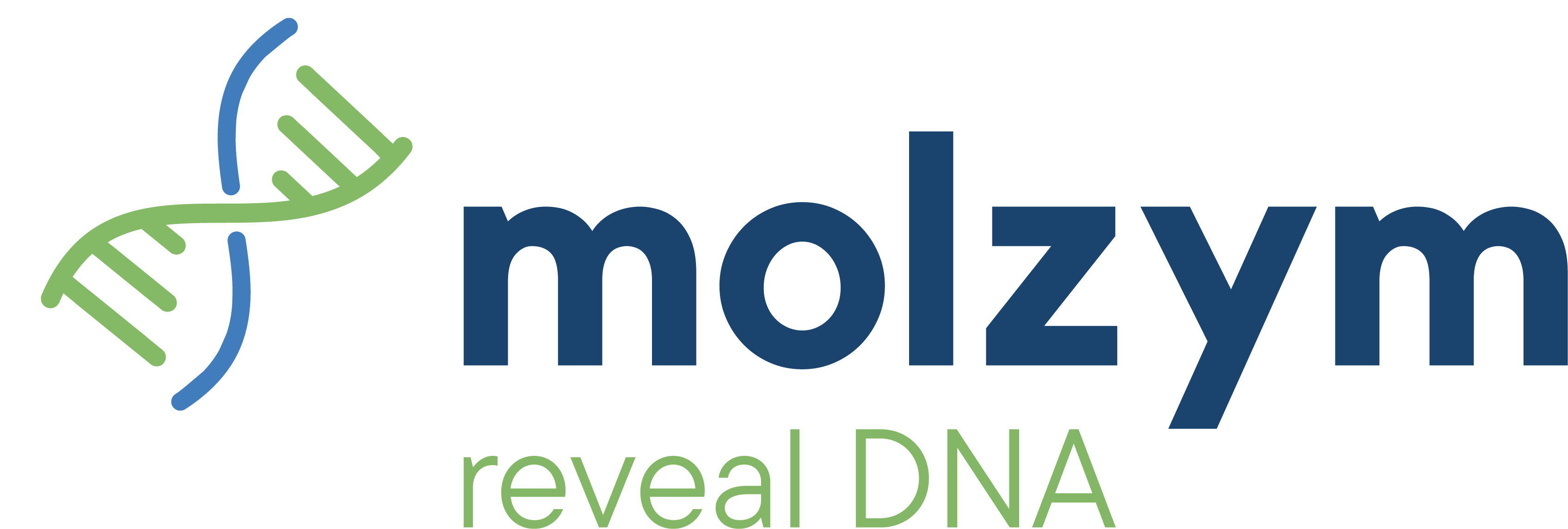Automated Microbial DNA Enrichment in Clinical Routine |
|
| 30 April 2018 | |
|
Automation in microbiological routine diagnosis is standard, but hardly realised with culture-independent molecular broad-range diagnostic systems based on 16S rDNA analysis of pathogens. Molzym’s DNA extraction platform, SelectNA™plus, is the first system that automatically processes typical routine material, including tissues, liquid biopsies and swabs for broad-range pathogen diagnosis. The Micro-Dx™ kit provides consumables for automated DNA extraction and reagents to run 16S and 18S rRNA gene PCRs to detect bacterial and fungal DNA, respectively. Amplicons from positive tests are sequenced and BLAST-analysed for precise species designation. For this, an algorithm (www.sepsitest-blast.de) is used on the grounds of quality-edited entries of more than 7,000 16S and 18S rRNA gene sequences. The high purity of kit components, with regard to the absence of DNA contamination, avoids false positive results. |
|
|
Diagnostic performance of Micro-Dx™ Micro-Dx™ was evaluated in 9 independent studies at 7 routine laboratories in Germany, Denmark, Switzerland, France and UK [1]. Among the 409 samples, the tested material included aspirates from primary sterile body sites, wound and other swabs, and tissue and prosthesis biopsies. Reference methods used in the laboratories were custom and commercial PCR assays as well as culture. Samples from patients under suspect of, among others, sepsis, pneumonia, meningitis, joint and wound infections were analysed in parallel by Micro-Dx™ and reference methods. With on average sensitivity and specificity of 89% and 85%, respectively, Micro-Dx™ showed an acceptable diagnostic performance. Interestingly, Micro-Dx™ found microorganisms that were not detected by the reference methods and regarded possible aetiologies by record or clinical consideration. The broad-range diagnostic character of Micro-Dx™ became evident by the identification of a variety of rare bacterial (e. g. Abiotrophia defectiva, Fusobacterium nucleatum, Bartonella quintana) and fungal (e. g. Cladosporium spp., Aspergillus fumigatus, Candida parapsilosis) pathogens. With the automated DNA extraction, Micro-Dx™ proved to be suitable for rapid identification of pathogens in routine diagnosis. Automation also reduces the rate of false results by handling errors. |
|
| Reference | |
| [1] Lustig M (2018) Clinical evaluation of Micro-Dx™ CE IVD - eubacterial and panfungal PCR diagnosis using automated DNA extraction. Trends Mol Diagn 1/18, 1-2. | |
| Application Note Brochure | |

 The automated SelectNA™plus/Micro-Dx™ system
The automated SelectNA™plus/Micro-Dx™ system